7 Disappointing German Muscle Cars And 7 That Are Undeniably Cool
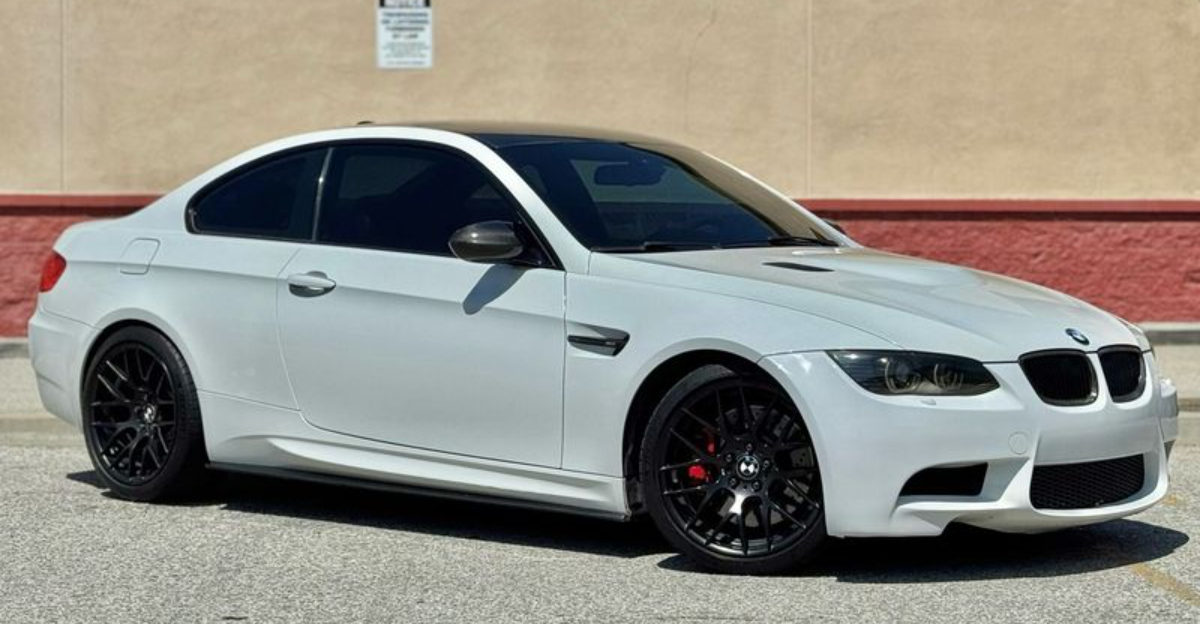
German muscle cars don’t always follow the rules. Some aim for brute force with a twist of precision, while others miss the mark entirely despite all the right ingredients.
A few look the part but forget how to bring the fun, leaving drivers underwhelmed and scratching their heads.
Then there are the legends that strike the perfect balance of power, attitude, and engineering brilliance. When German muscle gets it right, it delivers performance with a side of swagger.
1. BMW M5 E60

Behind the wheel of an E60 M5, you’re commanding a Formula 1-inspired V10 that wails like a mechanical banshee up to 8,250 RPM. Pure automotive bliss – until you try to shift gears.
The infamous SMG III automated manual transmission turns this Bavarian masterpiece into a nightmare of jerky shifts and expensive repairs.
What should have been BMW’s crowning achievement became a cautionary tale of over-engineering. Most owners eventually face the $8,000+ question: repair the transmission or sell the car?
2. Mercedes-Benz C32 AMG
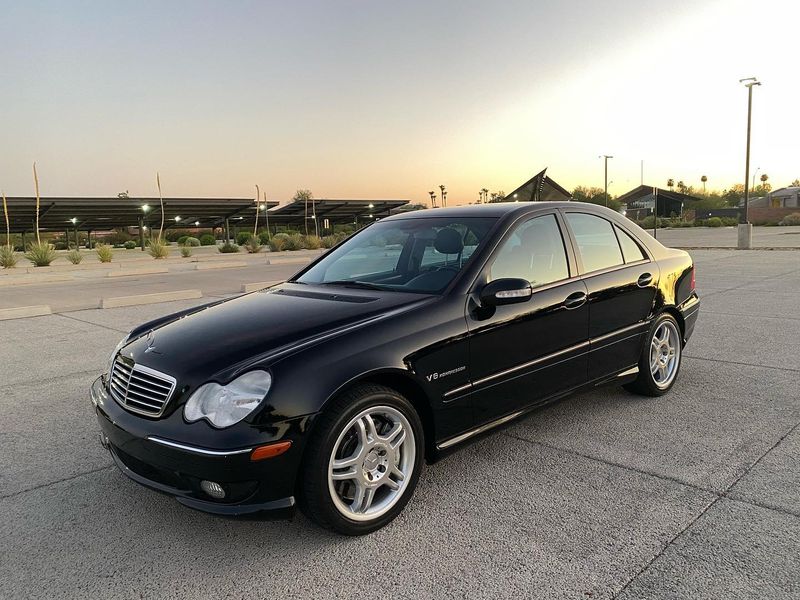
Sandwiched between the iconic C43 and the rowdy C55, the supercharged C32 AMG never quite found its place in the Mercedes performance hierarchy.
Packing a 3.2-liter V6 with a mechanical supercharger, it produced an impressive 349 horsepower. Unfortunately, living in the shadow of V8-powered siblings meant this model quickly faded into obscurity.
The whine of its supercharger couldn’t match the rumble enthusiasts craved.
Finding one today is rare – not because they’re coveted collectors’ items, but because nobody remembers them.
3. Audi S4 B6
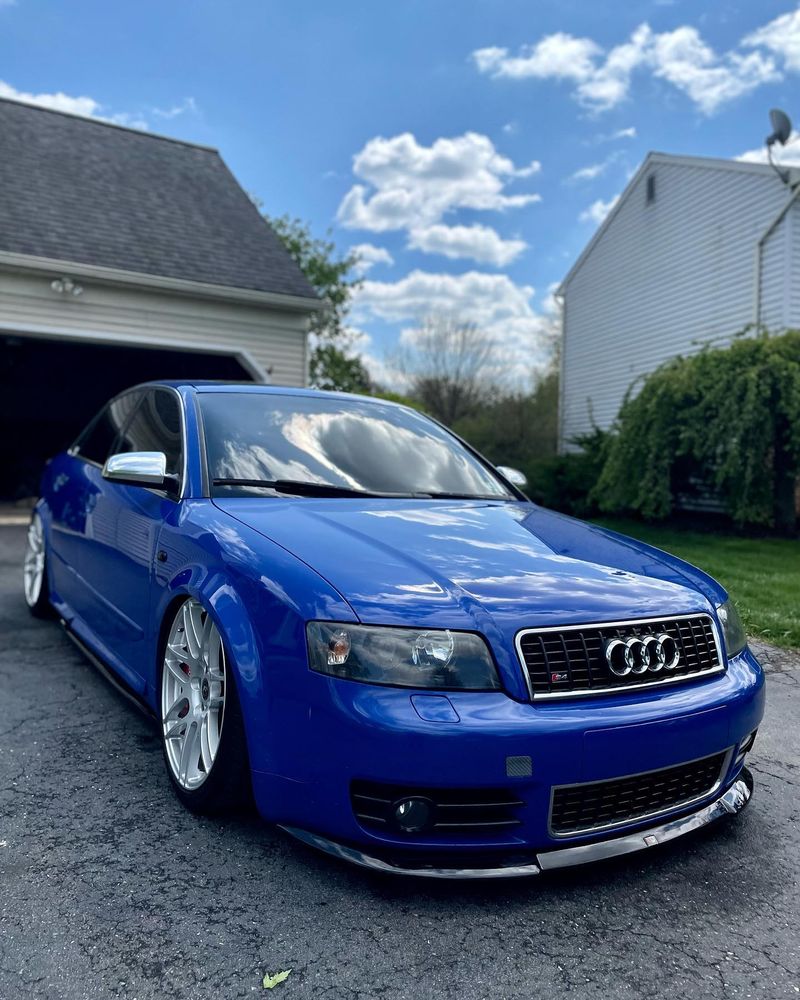
Cramming a 4.2-liter V8 into the nose of a compact sedan seemed like brilliant madness when Audi launched the B6 S4.
The intoxicating sound of eight cylinders and Quattro all-wheel-drive made for an irresistible package.
Then came the timing chain issues. Located at the rear of the engine, replacing them requires removing the entire powertrain – a $5,000+ repair that inevitably strikes most examples.
Mechanics have a special grimace reserved for owners who bring these in unaware of what awaits their wallets.
4. Opel Omega V8
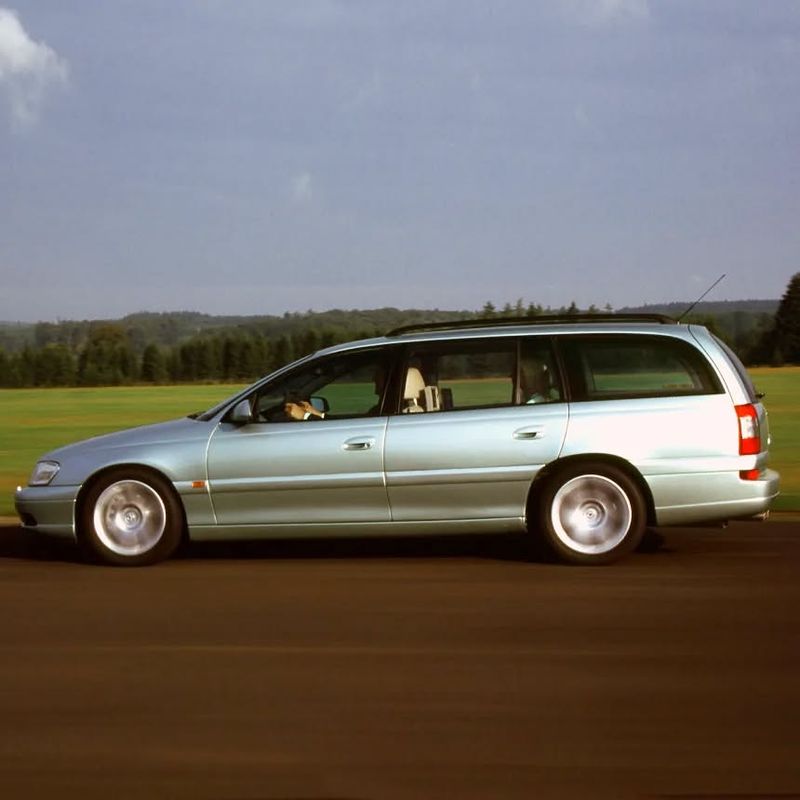
Americans might recognize this as the Cadillac Catera, but Europeans knew the V8 version as the Omega – Germany’s answer to muscle cars.
Opel stuffed a Corvette-derived 5.7-liter V8 into their executive sedan, creating an unexpected autobahn missile.
Sadly, electrical gremlins, parts scarcity, and GM’s notorious cost-cutting meant these rare beasts often gave out prematurely.
Finding one today that doesn’t need a complete rewiring is nearly impossible.
A shame, really – its sleeper status and rumbling V8 made it a unicorn in European car culture.
5. Volkswagen Passat W8
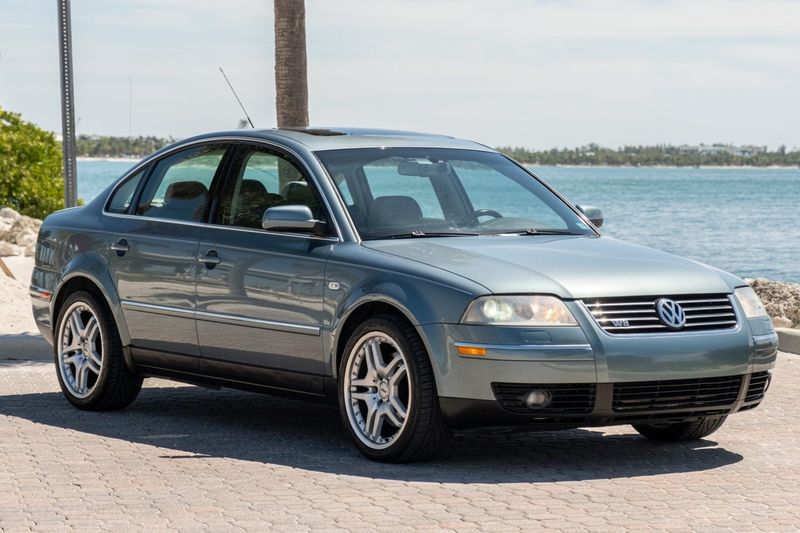
Volkswagen’s bizarre experiment of cramming a W8 engine into a family sedan resulted in perhaps the most pointlessly over-engineered car of the 2000s.
The compact 4.0-liter W8 engine was essentially two VR4s joined at a 72-degree angle – an engineering marvel that nobody asked for.
With 275 horsepower and a symphonic exhaust note, it should have been special. Instead, catastrophic reliability issues and astronomical repair costs made it a financial burden
The manual transmission version remains one of Germany’s rarest modern cars – for good reason.
6. BMW 850Ci

Sleek, futuristic, and powered by a silky-smooth V12, the 850Ci should have been BMW’s crowning achievement.
Pop-up headlights, pillarless windows, and cutting-edge technology wrapped in a shark-like profile – what could possibly go wrong?
Everything, as it turns out. The complex electronics were decades ahead of their reliability, and the V12 engine required the patience of a saint and the wallet of a billionaire to maintain.
Today’s collectors pay dearly for restored examples, forgetting the tears of original owners.
7. Mercedes-Benz CLK55 AMG

Flying under the radar with understated looks, the CLK55 AMG hid a naturally-aspirated 5.4-liter V8 that produced 342 horsepower – a sledgehammer in velvet gloves.
Unlike many on this list, it actually disappointed by being too reliable and too subtle.
Without the flash of its BMW rivals or the prestige of the SL models, these hand-built AMG engines quietly soldiered on while depreciation ravaged their value.
Owners complained only about its forgettable styling and thirst for premium fuel. A disappointing German muscle car only because it deserved more recognition than it received.
8. BMW M3 E92
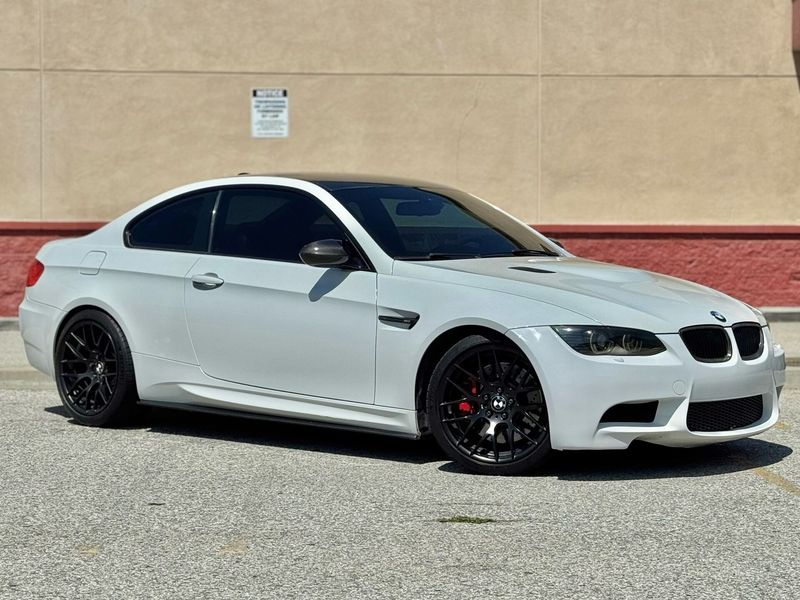
Automotive journalists ran out of superlatives describing the E92 M3’s naturally-aspirated 4.0-liter V8.
Revving to an 8,400 RPM redline with mechanical precision, it transformed this coupe into something transcendent.
Unlike its turbocharged successors, this M3 demanded skill – no tsunami of torque to mask poor driving technique.
Its carbon fiber roof, perfect weight distribution, and hydraulic steering created the last pure M car.
Values continue climbing as enthusiasts realize what was lost when BMW abandoned naturally-aspirated engines in subsequent generations.
9. Mercedes-Benz C63 AMG (W204)
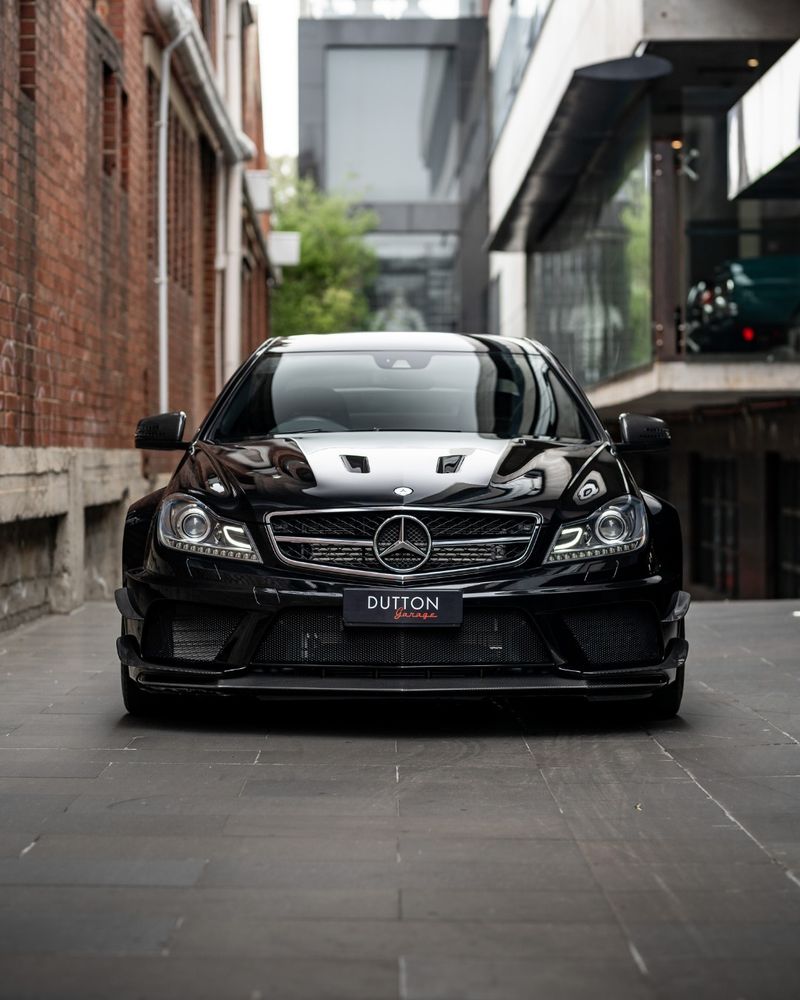
Forget subtlety – the W204 C63 AMG announced its arrival with a thunderous exhaust note that made Mustang owners weep.
Mercedes somehow wedged a massive 6.2-liter naturally-aspirated V8 into their compact sedan, creating automotive insanity.
With bulging fenders, quad exhausts, and 451 horsepower, it transformed staid German engineering into tire-smoking rebellion.
The engine – hand-built by a single AMG technician – remains one of the greatest V8s ever created.
Even Mercedes engineers couldn’t believe what they’d created: a German muscle car with zero compromises.
10. Audi RS6 Avant (C7)

Practical family hauler by day, supercar assassin by night. The C7 RS6 Avant packed a twin-turbocharged 4.0-liter V8 producing 553 horsepower (or 597 in Performance trim) – all disguised in a grocery-getting station wagon body.
While Americans were buying SUVs, Europeans were blasting past Porsches with kids and dogs in the back.
Its understated aggression – widened fenders, massive brakes, and subtle RS badging – epitomized German performance philosophy.
Nothing says “I have nothing to prove” like outrunning sports cars while hauling IKEA furniture.
11. BMW M5 E39

Lightning strikes rarely twice, but BMW captured perfection with the E39 M5.
Its naturally-aspirated 4.9-liter V8 delivered 400 horsepower through a proper 6-speed manual to create what many consider the greatest sports sedan ever built.
Unlike modern M cars with adjustable everything, the E39 offered one perfect setting: magnificent.
Conservative styling hid its performance potential, while perfect weight distribution and communicative steering rewarded skilled drivers.
Values have tripled in recent years as collectors recognize this watershed moment in automotive history won’t be repeated.
12. Mercedes-Benz E55 AMG (W211)

Supercharged madness lurked beneath the W211 E55’s conservative exterior.
Its hand-built 5.4-liter V8 produced 469 horsepower and a freight-train-like 516 lb-ft of torque – numbers that embarrassed supercars of its era.
Unlike modern turbocharged engines, the supercharger delivered instant, brutal acceleration without delay.
Mercedes somehow engineered this missile to be completely docile during normal driving – until the accelerator pedal met the floor.
The last great AMG before electronic nannies and emissions regulations neutered the raw character these cars were famous for.
13. Audi RS4 B7

Mechanical artwork – that’s the only way to describe the B7 RS4’s naturally-aspirated 4.2-liter V8.
While competitors embraced turbocharging, Audi engineers created an engine that revved to 8,250 RPM with spine-tingling precision.
Available only with a 6-speed manual transmission and Quattro all-wheel-drive, it conquered both racetracks and snowstorms with equal composure.
Flared fenders added 1.5 inches of width over standard A4s – subtle aggression that performance car enthusiasts immediately recognized.
Finding an unmodified example today is nearly impossible, as owners can’t resist enhancing their already-special machines.
14. Porsche Panamera GTS
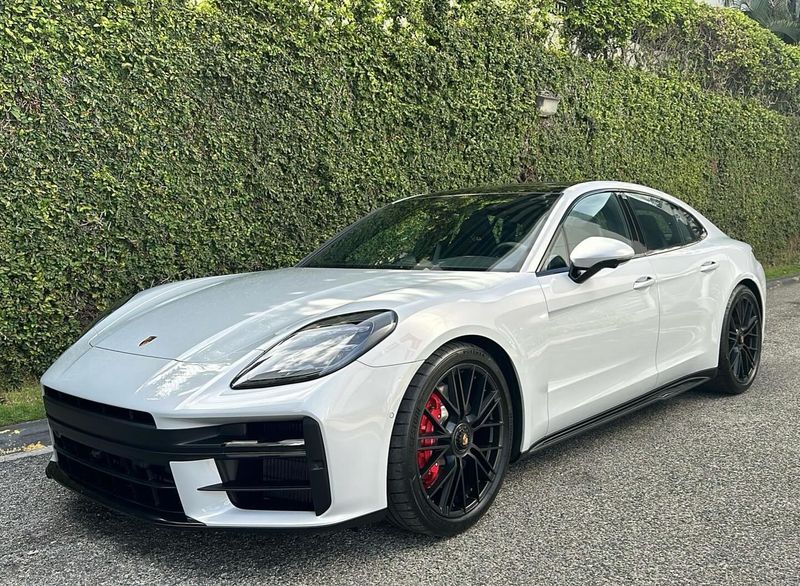
Purists howled when Porsche announced a four-door sedan, then fell silent after driving the Panamera GTS.
Splitting the difference between the base models and the Turbo, the GTS focused on driver engagement rather than outright speed.
Its naturally-aspirated 4.8-liter V8 produced a symphony worth the price of admission alone.
Porsche’s chassis wizards somehow made a two-ton sedan handle like it was half its weight, defying physics at every corner.
The perfect answer to the question nobody asked: “What if a 911 had room for the family?”
